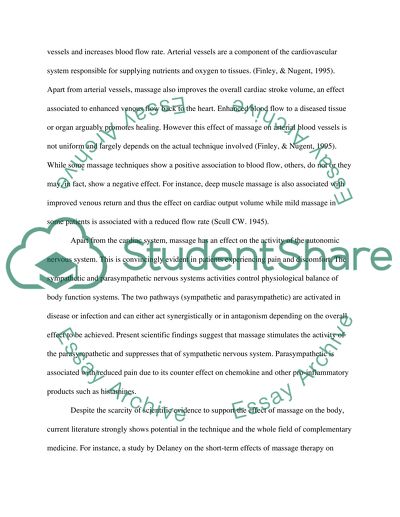Cite this document
(“Human Anatomy and Physiology for Beauty and Complimentary therapists Research Paper”, n.d.)
Retrieved from https://studentshare.org/health-sciences-medicine/1497404-human-anatomy-and-physiology-for-beauty-and
Retrieved from https://studentshare.org/health-sciences-medicine/1497404-human-anatomy-and-physiology-for-beauty-and
(Human Anatomy and Physiology for Beauty and Complimentary Therapists Research Paper)
https://studentshare.org/health-sciences-medicine/1497404-human-anatomy-and-physiology-for-beauty-and.
https://studentshare.org/health-sciences-medicine/1497404-human-anatomy-and-physiology-for-beauty-and.
“Human Anatomy and Physiology for Beauty and Complimentary Therapists Research Paper”, n.d. https://studentshare.org/health-sciences-medicine/1497404-human-anatomy-and-physiology-for-beauty-and.


